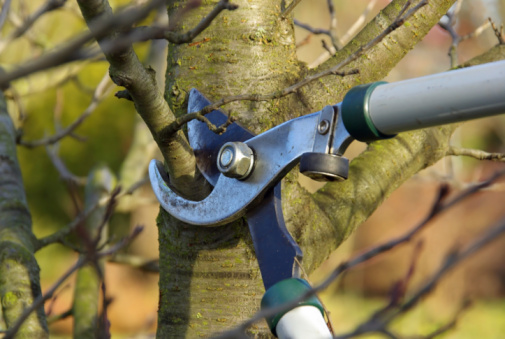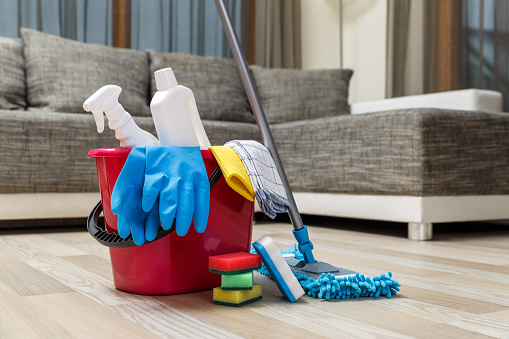9 Tree Pruning Myths Debunked
Whether you’re a gardener, arborist, or just someone who enjoys spending time outdoors, you’ve likely heard some myths about tree pruning. Unfortunately, these myths can lead to improper pruning techniques that can damage trees.

To help set the record straight, we’ve debunked nine of the most common tree pruning myths:
Myth 1: Trees Don’t Need To Be Pruned
This couldn’t be further from the truth! All trees need to be pruned regularly. Tree pruning helps to remove dead or dying branches, which can improve the tree’s overall appearance and health. Additionally, properly pruned trees are less likely to experience storm damage.
Myth 2: Tree Pruning Is Dangerous
While tree pruning can be dangerous if you don’t know what you’re doing, it’s quite safe when performed by a qualified professional. Qualified arborists have the training and experience necessary to safely prune trees.
If you’re not sure how to properly prune a tree, it’s best to leave it to the professionals.
Myth 3: Tree Pruning Causes Stress
Another common myth is that tree pruning causes stress to trees. However, this isn’t necessarily true. Properly pruned trees are often less stressed than those that are not pruned. This is because pruning can help to remove dead or dying branches, which can be a source of stress for trees.
Myth 4: Tree Pruning Causes Damage
While tree pruning can cause damage if it’s not done properly, this myth is largely unfounded. Properly pruned trees are often healthier than those that are not pruned. This is because pruning can help to remove dead or dying branches, which can improve the tree’s overall health.
Myth 5: You Should Only Prune In The Winter
While winter is generally the best time to prune most trees, there are some exceptions. For example, deciduous trees (trees that lose their leaves in winter) should only be pruned in the late winter or early spring. Pruning at this time of year helps to minimize the risk of disease and insect infestation.
Myth 6: You Should Never Top A Tree
Topping a tree is a practice that should be avoided at all costs. Topping involves cutting off the top of a tree, which can lead to a host of problems, including weak and unstable growth, decreased lifespan, and increased susceptibility to pests and diseases.
Myth 7: You Should Always Remove Dead Wood
While it’s generally advisable to remove dead wood from trees, there are some exceptions. For example, dead wood can provide homes for wildlife, such as birds and small mammals.
Additionally, dead wood can help to support the tree’s canopy, which can provide shade and shelter for other plants and animals.
Myth 8: Only Dead Or Dying Branches Should Be Removed
While it’s true that removing dead or dying branches can be beneficial for the health of your tree, there are other reasons to prune as well. For example, you may want to remove branches that are rubbing against each other or that are growing in an unsightly direction.
Myth 9: Tree Pruning Is Expensive
While tree pruning can be costly, it’s important to remember that the long-term benefits of properly pruned trees often outweigh the short-term costs.
Properly pruned trees are often healthier and longer-lived than those that are not pruned. Additionally, properly pruned trees are less likely to experience storm damage.
Tree pruning is a necessary part of tree care. However, it’s important to remember that not all tree pruning myths are true. If you’re unsure about how to properly prune a tree, it’s best to leave it to the professionals.
Qualified arborists have the training and experience necessary to safely and effectively prune trees. If you are looking for one, click on tree amigos Perth.


